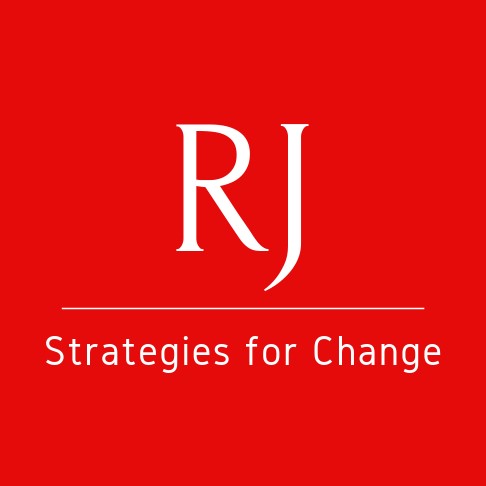ALL YOUR FACES – Review
Natalie Kemmy
MA in Comparative Criminology and Criminal Justice, Maynooth University
“ALL YOUR FACES” is a French film released in 2023, directed by Jeanne Henry and shown in Dublin in November at the Irish Film Institute as part of its French Film Festival 2023. It caught my attention as I am currently studying comparative criminal justice. In a sensitive, fictionalised manner, the movie provides profound insights into the multifaceted aspects of restorative justice and showcases the experiences of all individuals involved in these processes.
In this movie, all the characters undergo a transformation in the face of tragedy. Restorative justice provides an opportunity for those who have experienced harm and those who are responsible for harm to engage in communication. The film demonstrates how restorative justice can facilitate healing and understanding, empowering individuals to identify how their needs can be met. While many may assume that the purpose of this process is largely or exclusively for the victim to witness remorse from the offender, the film shows how it also allows victims to understand the person behind the harm and their background, and to gain a different perspective on the incident. The offender, in turn, can see the gravity of harm experienced by the victim and reflect on their own lives. These aspects of the process can be cathartic and contribute to the healing process, as depicted in the movie.
The movie challenges the common perception that only the victim is affected in such situations. It explores how both victims and offenders, as human beings, tend to focus solely on the impact an incident has had on themselves. The movie presents unique, moving and authentic accounts of how their lives were affected, shedding light on the factors that led to each incident. This aspect of the movie is remarkable as it provides a comprehensive overview of everyone’s experience, allowing viewers to gain a deeper understanding of their situations and needs.
In this movie, both victims and offenders have the opportunity to express their emotions, creating a transformative and emotional journey. The film showcases an in-prison circle where victims meet offenders who were responsible for or affected by the same type of offence – aggravated robbery or burglary – allowing for a unique, complex exploration of their experiences. Six people – three from each ‘side’ – whose offences did not directly involve each other meet several times over a series of months to discuss the causes of the offending and the impact of the harm done.
A second storyline involves two individuals whose offence was directly connected, and who are considering the restorative justice process. This particular case involves siblings, one of whom sexually assaulted the other many times when they were children. That person spent time in prison for the offending, and the film begins as we see the victim finding out that, many years later, her brother will move back to the area in which she lives. The mediator in this case works with both parties to explore their emotions, needs and expectations in anticipation of a possible encounter. The victim in this case expresses the desire for a face-to-face meeting to help her move forward. The movie provides a comprehensive depiction of their restorative justice process, from its initiation to its awkward but powerful conclusion.
Some of the accounts are admittedly harrowing, but the portrayal of characters and their stories was delivered by an exceptional cast. The movie felt long and draining, but the audience was captivated and gripped throughout. The film demonstrates the disparity and collision between victim and perpetrator, yet equally shows why they might both wish to meet – and benefit from meeting – to work through their anger, sadness, confusion, uncertainty and even despair.
The movie skillfully incorporates moments of humor amidst intense scenes. Despite its powerful and emotional nature, the film effectively portrays the workings of restorative justice with great sensitivity. It captures the individual healing journeys of various characters through diverse and subjective forms. The movie showcases different ways of reconnecting and repairing through the restorative justice process. It presents a balanced perspective without favoring any particular party. The writing and direction of the film are cleverly executed, allowing viewers to empathise with and understand the pains experienced by the characters. The portrayal of unique healing processes and individual circumstances is exceptionally well done, enabling viewers to witness the transformative power of dialogue and empathy, ultimately leading (for some) to forgiveness for others and, in many cases, for themselves. The movie contains multiple layers that can only be fully appreciated through firsthand viewing, as words alone cannot fully capture its essence.
I highly recommend this movie to everyone. It resonated with me on a personal level, as I found myself able to relate the concepts portrayed in the film to various aspects of my own life, even in situations where the harm inflicted was relatively minor. The thought-provoking nature of the movie stays with you long after it finishes, prompting great reflection.
